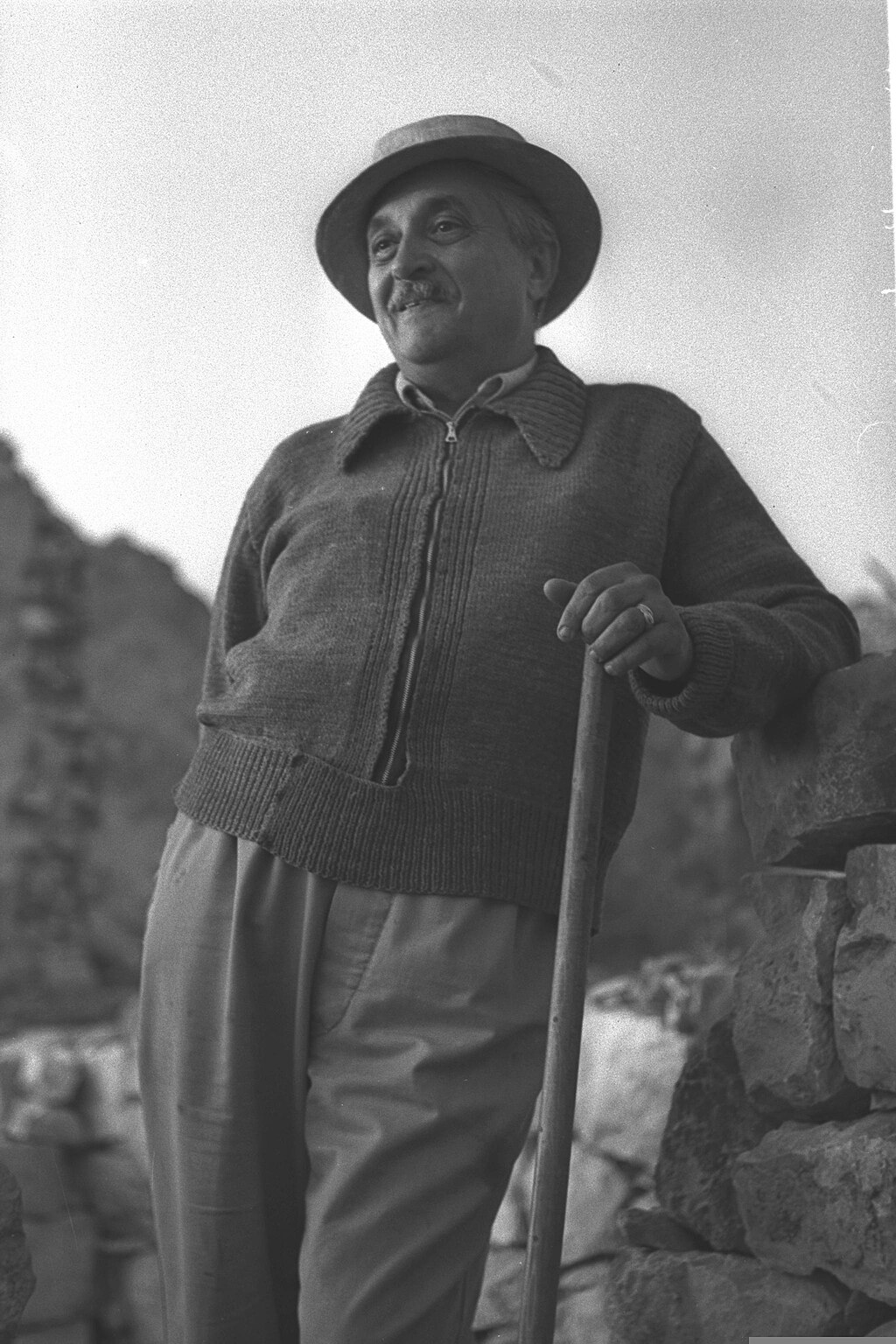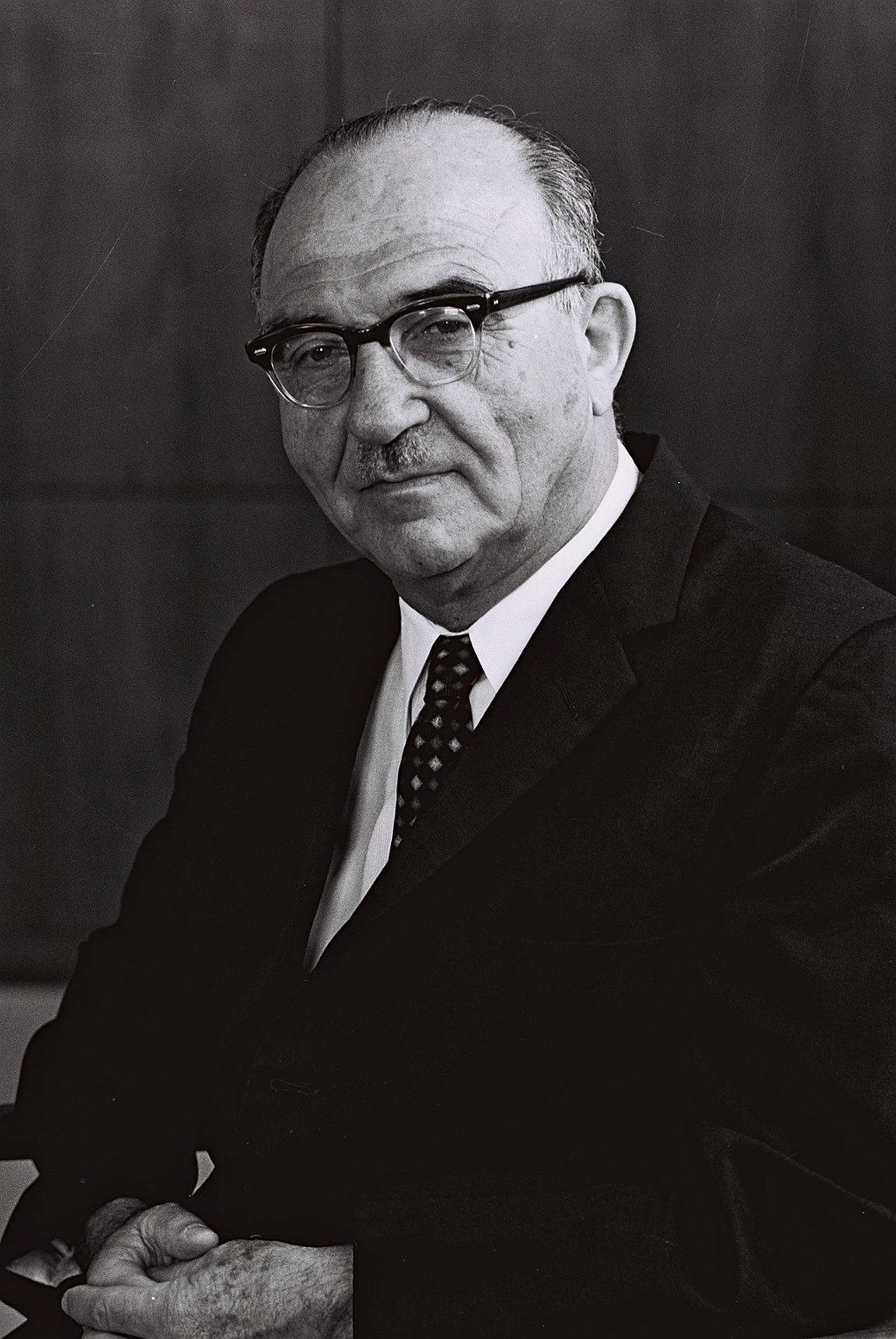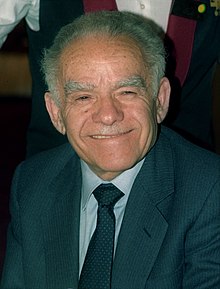Introduction
Marcel Janco was a Romanian-Israeli painter, architect, and one of the founding members of the Dada movement. Born on May 24, 1895, in Bucharest, Romania, Janco played a significant role in the avant-garde art scene in Europe before immigrating to Israel, where he continued to influence the local art landscape. His work in Israel helped bridge European modernism with Israeli artistic expression, making him one of the most important figures in the development of modern Israeli art.
Early Life and the Dada Movement
Marcel Janco grew up in Bucharest and studied art and architecture. During World War I, he moved to Zurich, Switzerland, where he joined forces with other avant-garde artists like Tristan Tzara and Hans Arp to establish the Dada movement. Dada was a radical and revolutionary art movement that sought to challenge traditional norms and question the purpose of art in a chaotic world. Janco’s contributions included painting, sculpture, and the creation of masks, which became iconic symbols of Dada’s anti-establishment ethos.
Immigration to Israel and Influence
In 1941, Janco fled the rising tide of fascism in Europe and emigrated to the Land of Israel. He settled in Tel Aviv and quickly became an influential figure in the burgeoning art scene, promoting modernism and founding the New Horizons group, which sought to break away from the earlier, more representational styles of Israeli art. Janco’s emphasis on abstraction and experimentation brought a fresh, modern perspective to Israeli painting and sculpture.
He was also instrumental in establishing the artists’ village of Ein Hod in 1953, a creative community that became a vibrant center for artists in Israel. Ein Hod remains a significant cultural hub, and Janco’s legacy is deeply tied to its establishment and ongoing influence on Israeli culture.
Artistic Style and Themes
Marcel Janco’s work is characterized by its blend of expressionism, abstraction, and a playful use of form. His early Dada influences are evident in his use of collage, unconventional materials, and an interest in challenging the boundaries of what constitutes art. In Israel, his work evolved to include themes connected to the local landscape, cultural integration, and the blending of Eastern and Western influences.
Janco’s paintings often feature dynamic compositions, vivid colors, and a combination of geometric and organic forms. His ability to adapt and innovate, while still retaining the spirit of experimentation that defined his Dada roots, made his art both accessible and intellectually stimulating.
Awards and Recognition
Marcel Janco received numerous awards for his contributions to both Israeli and international art, including the Israel Prize for Painting in 1967. The Janco Dada Museum in Ein Hod is dedicated to his legacy, showcasing his works and promoting the Dada spirit through exhibitions and educational programs. Janco’s influence extended beyond his own creations, as he played a key role in fostering a modern art movement within Israel.
Legacy and Influence
Marcel Janco’s legacy is firmly rooted in his role as both a pioneer of Dada and a key figure in the development of Israeli modern art. His efforts to establish artist communities and promote avant-garde art helped shape the trajectory of Israeli visual culture. The Janco Dada Museum continues to celebrate his contributions, keeping the spirit of creativity, rebellion, and exploration alive for future generations.



